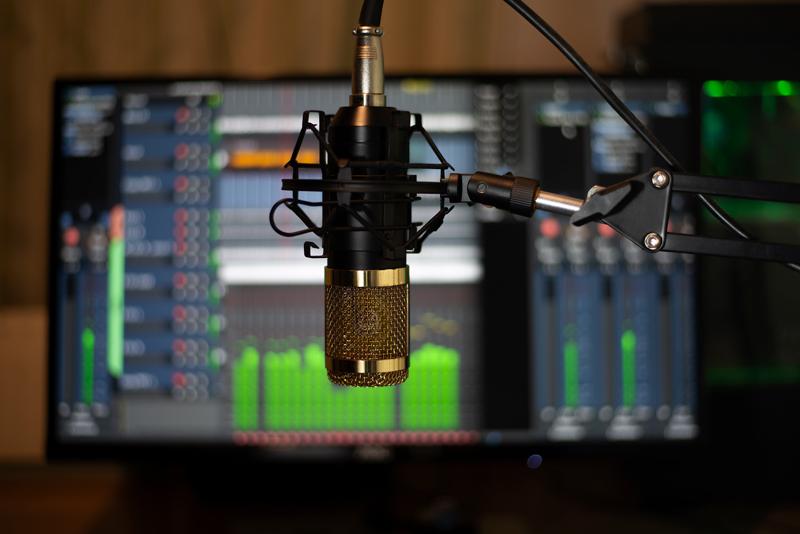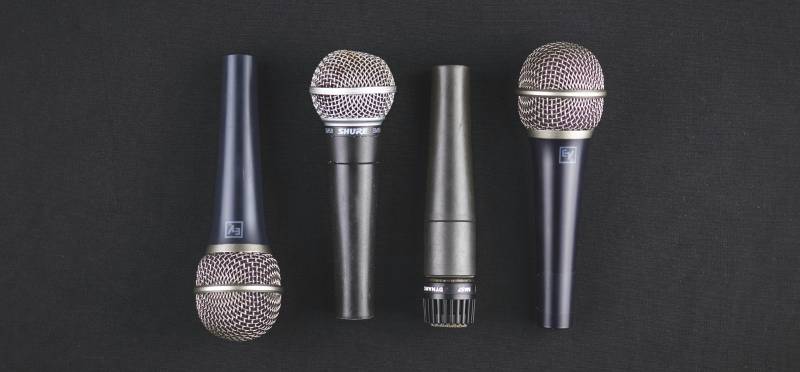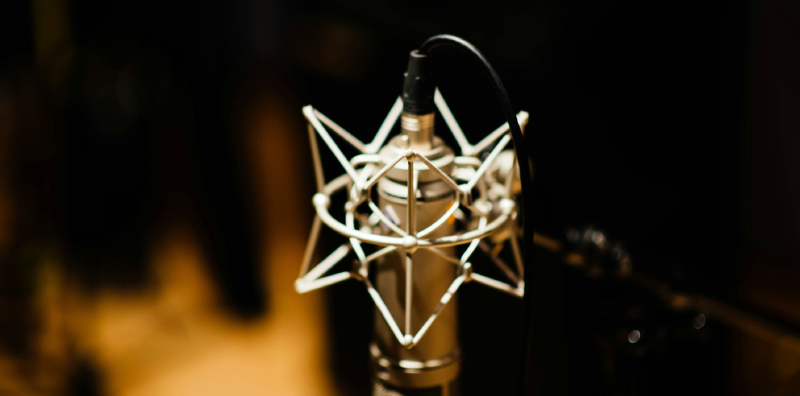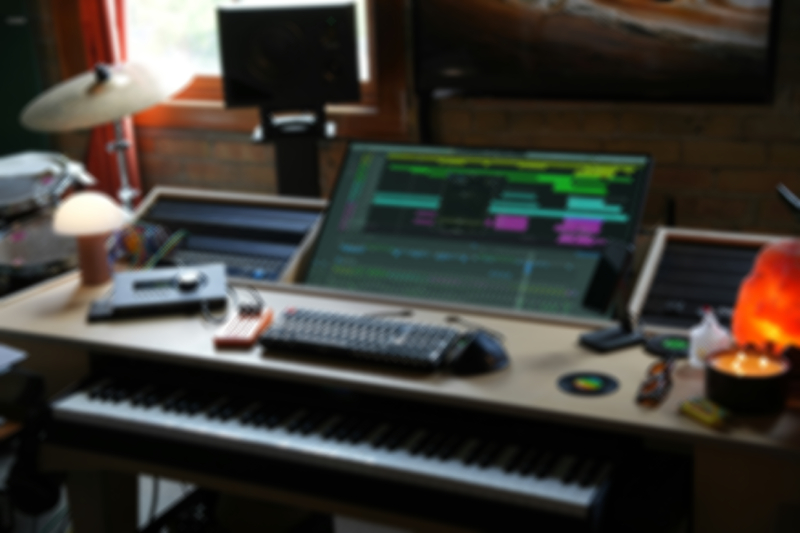Sampling is at the heart of modern music production. Whether it’s flipping a soulful vocal phrase, chopping up a jazz loop, or pitching a quirky synth line, samples bring character and history into your tracks. But here’s the catch: if you’re not doing it legally, you’re setting yourself up for problems down the road.
At Major Mixing, we’ve worked with many producers who created great songs around samples — but had to delay or change plans because they skipped the legal side. So in this article, we’ll walk you through how to build a song around a sample the right way, so you can stay creative and protected.
1. Know the Two Types of Rights in a Sample
Before you start, it’s important to understand what you’re actually sampling. Every sample has two types of copyright:
Sound recording rights: This protects the actual audio file (what you hear).
Composition rights: This protects the melody, harmony, and lyrics (the written music).
To use a sample legally, you generally need permission for both. Even if you recreate the melody with your own instruments (avoiding the sound recording), you still need clearance for the composition.
2. Use Royalty-Free or Cleared Sample Packs
The safest and easiest option is to use samples from libraries that are pre-cleared. These include: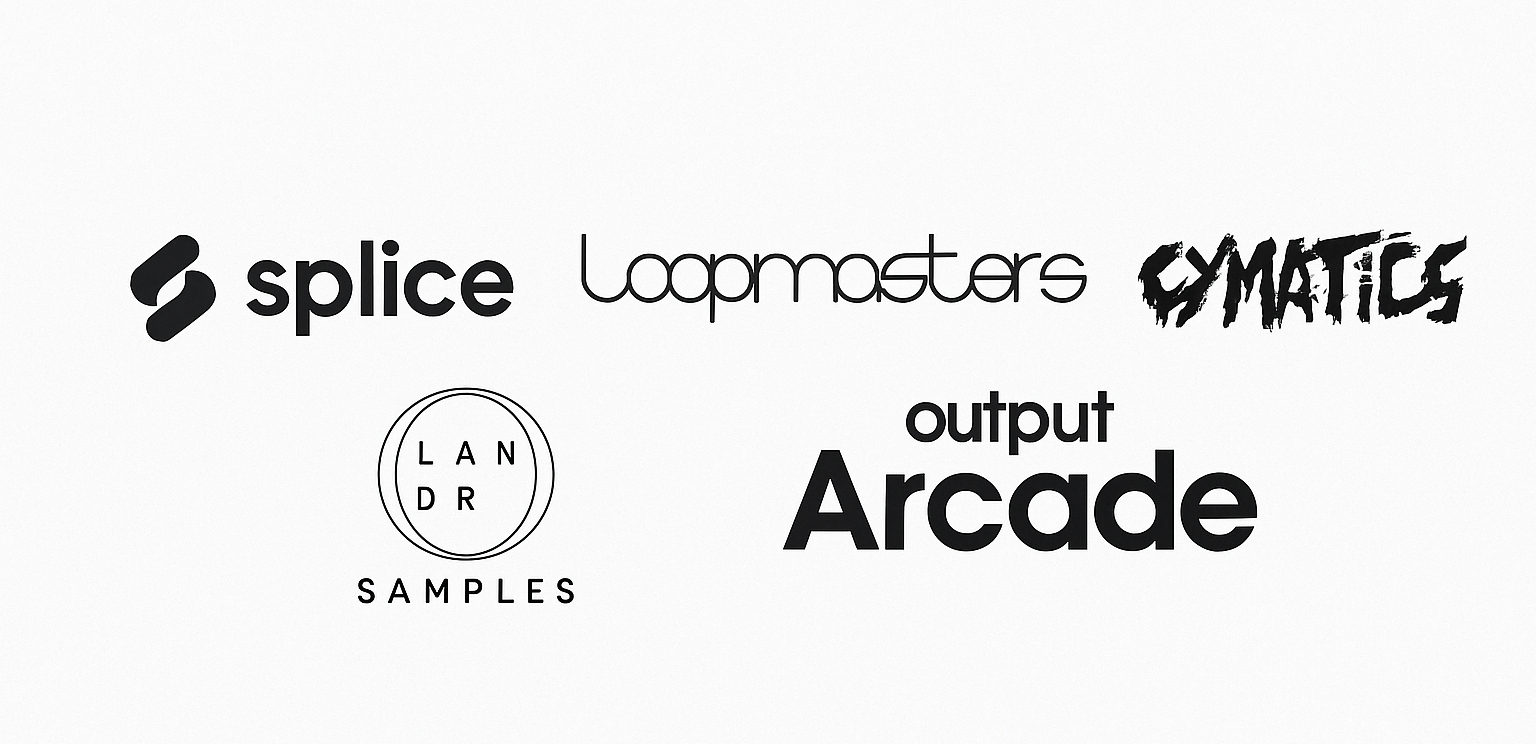
Splice
Loopmasters
Cymatics
LANDR Samples
Output Arcade (subscription-based)
Make sure you read the license terms. Some libraries offer full royalty-free use. Others allow use for small indie releases but require a license if your song hits a certain number of streams or gets label placement.
Pro Tip: Even with royalty-free packs, avoid using loops exactly as-is. Flip, chop, or layer them to stay unique and avoid conflicts if other artists used the same sample.
3. If You’re Sampling a Song, Get It Cleared
If you’re pulling a sample from an existing song (old soul, movie, YouTube, TikTok, etc.), you’ll need to clear the sample. This means:
Finding out who owns the master recording and composition
Reaching out for permission (either directly or via a clearance company)
Possibly paying a fee or giving up a % of royalties
You can hire companies that specialize in this, like:
Tracklib (they offer samples with pre-priced licensing)
Sample Clearance Services
Rights holders via Harry Fox Agency or publishers
Don’t assume your track is “too small” to get noticed. We’ve seen indie songs go viral and then get taken down or demonetized for unlicensed samples.
4. Create Your Own Version (Interpolation)
If you love a melody but don’t want to deal with licensing the sound recording, you can interpolate it — that means recreating the part yourself with your own instruments or vocals.
This avoids using the original recording, but you still need permission to use the composition. This method is commonly used in rap and pop when reimagining old hits (like when a new artist sings a hook from a classic).
Interpolation often requires:
Getting clearance for the written composition
Crediting the original songwriters
Possibly sharing royalties
5. Make It Transformative
In copyright terms, a “transformative” work is one that adds new expression or meaning to the original. The more you transform a sample (chop, pitch, stretch, re-contextualize), the more creative protection you may have. But this doesn’t automatically make it legal.
Transformative use might help in a fair use defense in court, but it’s a gray area. We only recommend relying on this if you have legal counsel or are dealing with truly obscure material.
6. Document Everything
If you do go through sample clearance, keep detailed records:
Emails and agreements
Payment receipts
Licenses and contracts
This becomes critical if your track picks up traction or you sign a deal. You want to be ready to prove you have the right to use your sample.
Final Thoughts
Sampling is one of the most powerful tools in music production. It connects eras, genres, and voices across time. But it comes with responsibility. The last thing you want is to pull down your song after release because of a legal issue.
At Major Mixing, we help artists not only craft better-sounding songs, but avoid costly mistakes that hurt their momentum. If you’ve got a sample-based track and need mixing or want advice on how to move forward legally, we’re here to help.

